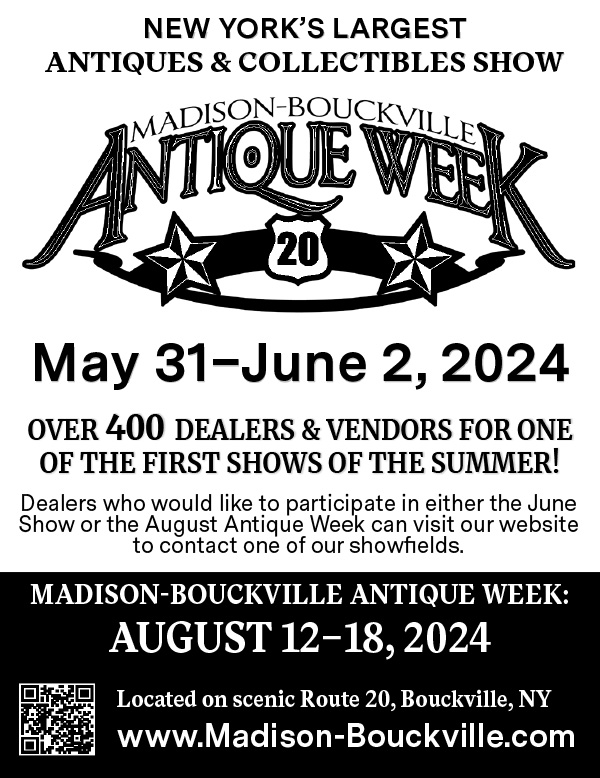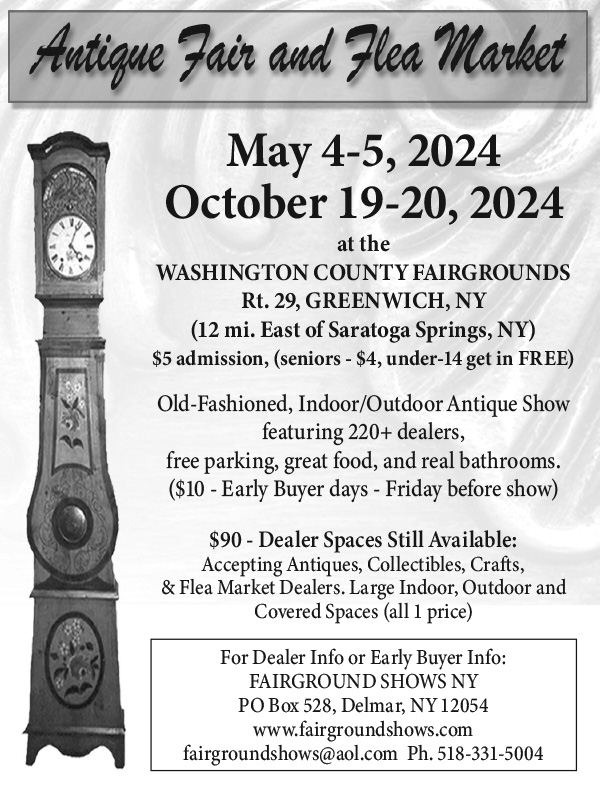Some of our readers may have seen reports that the Royroft Inn, located in the Collector’s current hometown of East Aurora, NY, has been sold a developer who is known for his work in utilizing old and historic structures. While we can be reasonably certain that most residents today recognize the exterior of the Inn as “it always has been that way,” Roycroft and Arts & Crafts collectors probably know that it took a number of years under Elbert and Alice Hubbard’s ownership to look the way it does today. It was put together and added onto in stages in its early life.
As I was looking through my files to find a drawing with the dates of the various additions, I looked to see if the drawing happened to be in my father’s book on Roycroft. It wasn’t there, but I ran across a picture of postage stamps perforated with the Roycroft mark. As usual in my unfocused “research” one thing lead to another.
Just what was the use of what is apparently commonly know as a “perfin” in the stamp collecting world. I assumed a “perfin” was just another way master-promoter Elbert Hubbard used to call attention to his enterprise. It probably was, but the idea of a “perfin” was a way for businesses to protect the investment they had in quantities of stamps. A sheet of “perfins” couldn’t easily be used by anyone but the business or organization that had purchased the stamps. The perforated initials or symbol was added by the organization, rather than the post office. The “cash value” of the “perfin” was
essentially eliminated for an unscrupulous employee or thief.
The postage meter developed by Pitney Bowes in 1920 essentially eliminated the need for “perfins.” That’s not to say an occasional personal letter did not make it through a company postage machine, but the idea that a thief could run off with hundreds of dollars worth of two-cent stamps was no longer an issue.
If I’ve misunderstood the “perfin” idea, I’m sure there are stamp collectors out there who will let me know. Send a stamped, self-addressed postcard…




